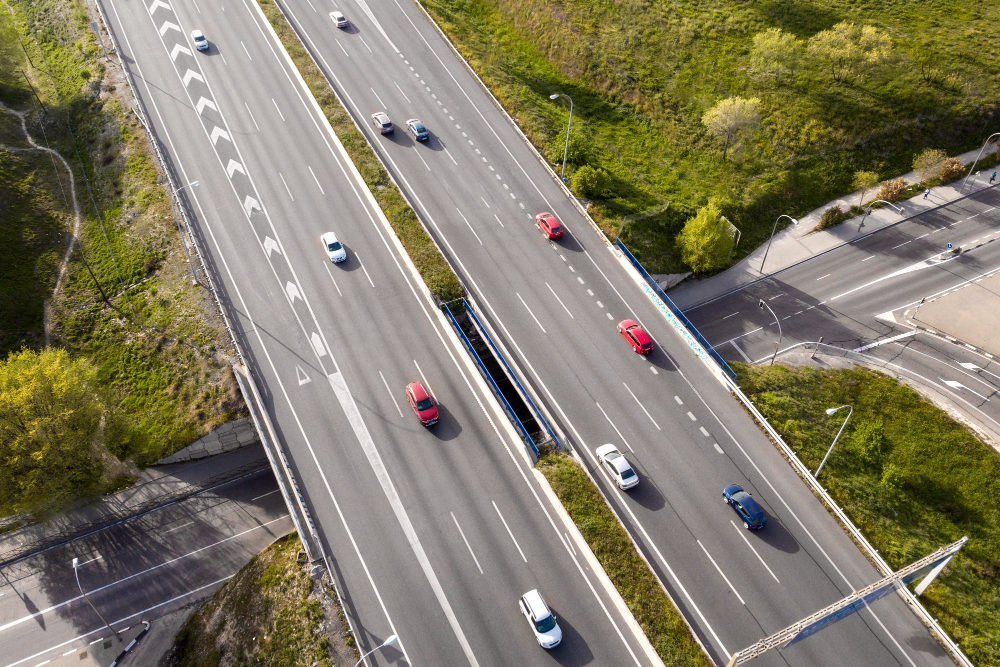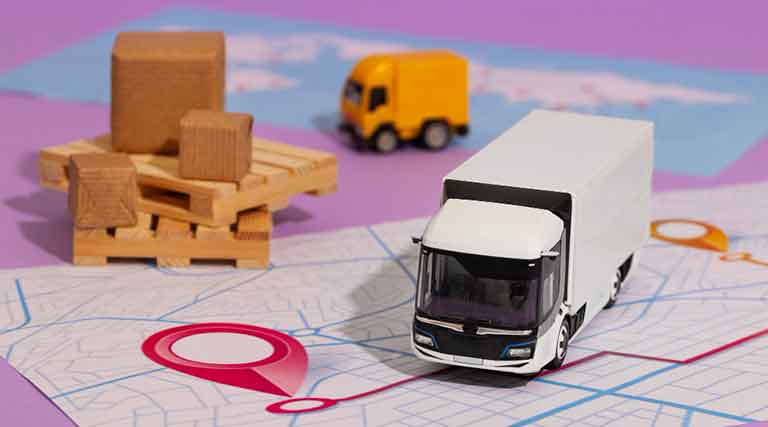Climate change is one of the greatest challenges our planet faces today. As we’ve discussed in previous posts, the concern about the carbon footprint, which measures the total amount of greenhouse gases emitted directly and indirectly by an organization like EMUCA, has led to a more detailed and thorough approach. In this context, Scope 3 emerges as an essential component to effectively understand and address the climate crisis.
Scope 3 refers to the indirect emissions associated with an organization, including those from the supply chain and those generated during the use of products or services. In this post, we will focus specifically on the crucial influence of distribution and transportation on Scope 3 and their direct impact on climate change.
Distribution and Transportation: Pillars of Scope 3
Distribution and transportation represent a significant portion of greenhouse gas emissions in EMUCA’s supply chain. From manufacturing to the end consumer, each stage involves the movement of goods, whether locally or internationally. The transportation of goods by road, rail, sea, or air releases considerable amounts of carbon dioxide (CO2) and other pollutants.
Environmental Impact of the Supply Chain
The expansion of global supply chains has led to an exponential increase in the distance that products travel before reaching consumers. This phenomenon directly contributes to the rise in greenhouse gas emissions due to longer transportation distances and, consequently, higher fossil fuel consumption. Furthermore, the choice of more polluting modes of transport, such as air transport, can exacerbate the environmental impact. As the demand for quick and efficient deliveries increases, it is crucial to evaluate and adopt sustainable strategies that reduce these emissions.

Strategies to Mitigate Emissions in Distribution and Transportation
- Route and Transportation Mode Optimization: Utilizing advanced technologies to plan more efficient routes and select more sustainable modes of transportation can significantly reduce emissions.
- Use of Renewable Energy: Transitioning to renewable energy sources for the transportation fleet is a key measure. Adopting electric vehicles and using biofuels are examples of more sustainable practices to adopt within one’s own fleet.
- Collaboration in the Supply Chain: Establishing collaborations with suppliers and logistics partners who share a commitment to sustainability can lead to significant improvements in efficiency and emission reductions.
- Sustainable Packaging Design: Reducing the weight and volume of packaging helps lower transportation costs and, consequently, the associated emissions.
Conclusions and Future Perspectives
Addressing Scope 3 emissions, especially in distribution and transportation, is essential to effectively combat climate change. EMUCA recognizes the responsibility to assess and mitigate its environmental impact throughout the supply chain by adopting more sustainable practices and collaborating with partners committed to the cause. Transitioning to a greener logistics system will not only contribute to mitigating climate change but also generate long-term economic benefits by improving operational efficiency and meeting the growing expectations of environmentally conscious consumers. Ultimately, adopting sustainable measures in distribution and transportation is a crucial step towards a more resilient and equitable future for our planet.







